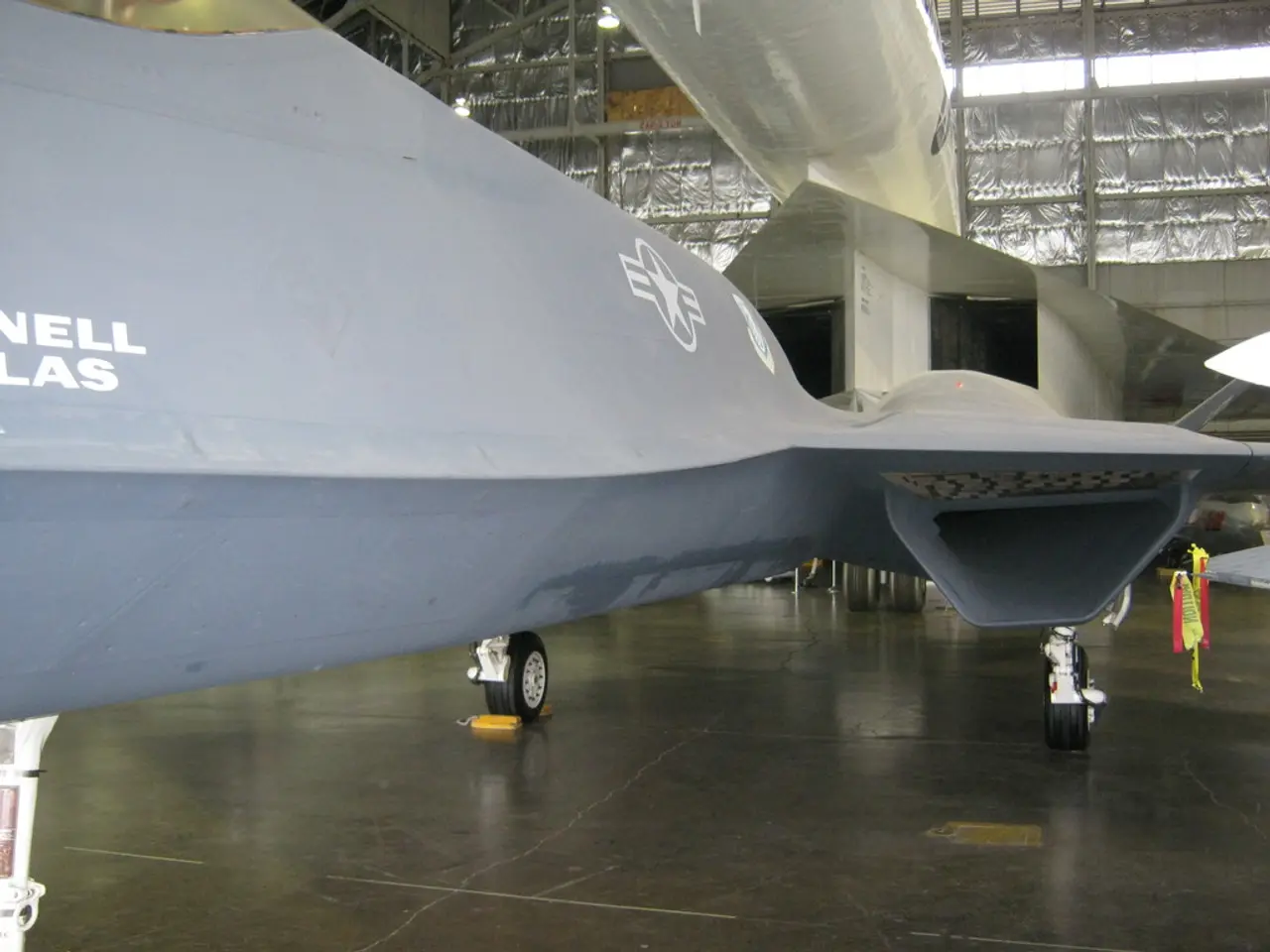Air India Flight Forced to Turn Back, Delays due to Unexpected Incidents
Air Canada-bound flight to Delhi experiences in-flight medical emergency, necessitating a detour to Kolkata.
A Scary Start in Kolkata
In an unexpected turn of events, an Air India flight bound for Delhi from Vancouver, with a stop in Kolkata, had to make an emergency landing shortly after takeoff due to a medical emergency onboard. Flight AI186, a Boeing 777-300ER (registration VT-ALT), departed Netaji Subhas Chandra Bose International Airport (CCU) on the evening of June 26, 2025. But, a passenger fell seriously ill, forcing the aircraft to return to Kolkata.
The totally freakish incident happened just after the plane took off. The ill passenger was quickly deboarded, given immediate medical attention, and the flight resumed its journey without any further hiccups. Air India confirmed the event and emphasized their commitment to passenger safety.
Other Air India Incidents
This incident wasn't Air India's only brush with adversity this week. Flight AI130 from London Heathrow to Mumbai, on June 23, saw seven individuals - five passengers and two cabin crew - fall sick mid-air. All landed safely in Mumbai, and the affected individuals were afterward discharged from hospital.
Another Air India flight from the UK to New Delhi was diverted to Riyadh, Saudi Arabia, following a bomb threat. No explosives were found, and alternative flights were arranged for the passengers.
A Bizarre Delay in Bangkok-Bound Flight
In a highly peculiar incident, Flight AI2354 from Mumbai to Bangkok was delayed for over five hours due to hay found lodged under the left wing of the Airbus A320Neo. The delay caused the aircraft to take off at around 1 PM-over five hours behind schedule. The source of the hay remains under investigation.
Safety Concerns Linger
These recent incidents have brought safety concerns to the forefront. The Directorate General of Civil Aviation (DGCA) is conducting a comprehensive review of Indian airlines, focusing on various aspects like flight operations, maintenance, airworthiness, ground safety, communication, navigation & surveillance systems, and the medical fitness of crew members. Preliminary audits have uncovered multiple safety and compliance issues necessitating increased oversight throughout India's aviation ecosystem.
Remembering the Air India Crash
These safety reviews come in the wake of the tragic Air India crash on June 12, 2025, which took nearly 300 lives. The accident, a consequence of dual engine failure and difficulties with the landing gear retracting, has brought attention to potential mechanical failures and emergency response protocols on Air India flights[1], raising the need for thorough investigations and improvements to prevent future disasters.
Stay updated with the latest news and updates by signing up for our Daily Briefing.
[1] Boeing 777 Captain's Analysis of Air India Crash: Likely Failures in Maintaining Thrust and Emergency Response Protocols. (2025, June 18). Retrieved from https://www.airlineratings.com/news/boeing-777-captain-s-analysis-air-india-crash-likely-failures-in-maintaining-thrust-emergency-response-protocols/
- The health-and-wellness industry played a crucial role in managing the medical emergency on Air India Flight AI186, with immediate attention given to the ill passenger.
- The financial industry has been impacted by the recent series of unexpected incidents involving Air India, as the cancellations and delays have disrupted the company's business operations and customer relations.
- The science and technology industry are investigating the bizarre hay found lodged under the left wing of Flight AI2354, aiming to understand the source of the delay and prevent similar incidents in the future.
- The travel industry, including aviation and transportation, has seen extended delays and disruptions due to these recent incidents, potentially affecting thousands of passengers and causing financial losses for airlines and tourism-related businesses.
- The health news of these Air India incidents raised concerns about the safety and maintainance of aircraft, leading to increased oversight from the Directorate General of Civil Aviation (DGCA) and a focus on improving emergency response protocols to avoid future disasters.




